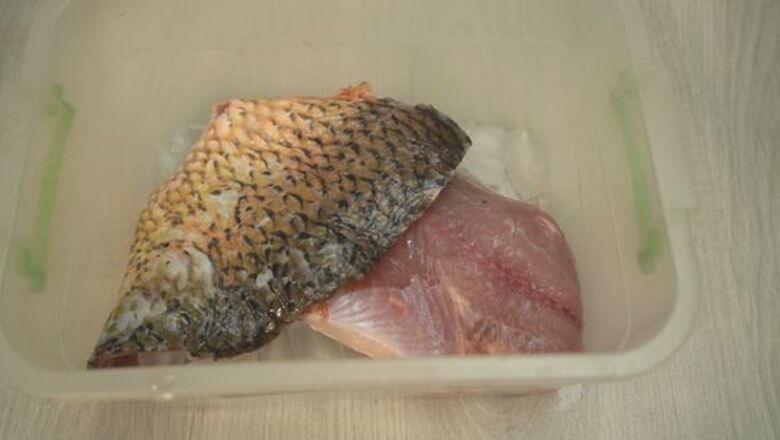
views
Preservation Options
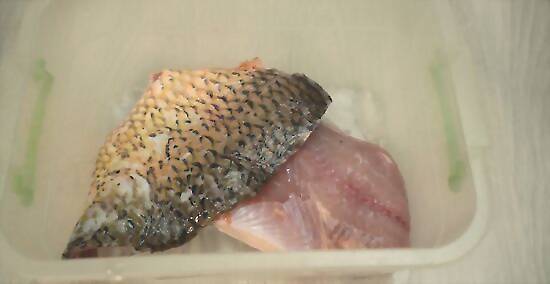
Pack the fish in a cooler with ice for short-term storage. If you’re storing the fish for a few hours, then icing is a good method. Fill an insulated cooler with 1 lb (0.45 kg) of ice for every 2 lb (0.91 kg) of fish. Then pack each fish or fillet deep in the ice to keep it nice and cold. If the fish is kept on ice and below 40 °F (4 °C), then it can last about 3 days. Open the cooler’s drain plug so water drains out. If the fish is surrounded by water, it’ll ruin the taste. Some coolers have a false bottom instead of a drain plug. This also works to keep water away from the fish. Using the cooler method is especially good if you’re fishing and just need to preserve the fish until you get home.
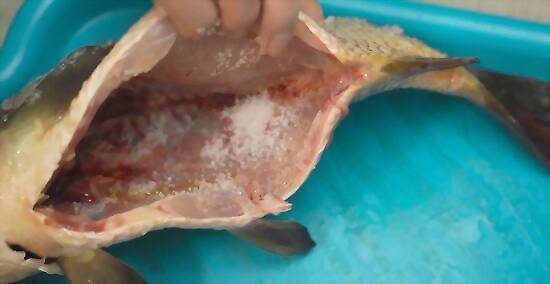
Salt the fish if you don't have ice. This is a good option if you have no way to keep the fish cold. Rub the entire fish in salt, inside and out. You'll need a lot of salt, so don't be shy and really coat the fish. Then store the fish in a container covered with a damp cloth. This should keep the fish fresh for 24 hours. Since the fish will be so salty, it won't taste very good if you don't clean it first. Soak it in water for a few hours before cooking to get the salt out. You can also bury the salt taste by using the fish in soups or stews.
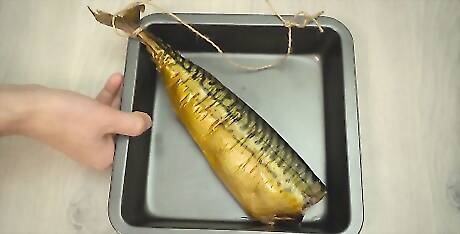
Smoke the fish for extra flavor. This is a classic, simple preservation method. Start by soaking the fish in brine for 3-10 hours, depending on how thick the pieces are. Then load the fish into a smoker and build a fire with green wood. Smoke the fish for a whole day to kill any bacteria and dry it out for preservation. Keep the air temperature in your smoker at 225 °F (107 °C). Store the fish in the refrigerator so it doesn't spoil. Smoked fish should last 2-3 weeks at cold temperatures. For longer preservation, you can also can the smoked fish by using the next method.
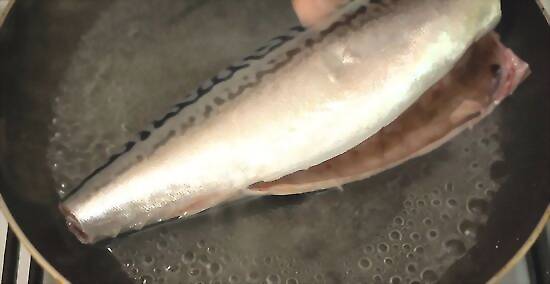
Pickle the fish for a more bitter and acidic flavor. This is a common method for storing fish if you prefer a strong, pickled flavor. Soak the fish in a weak brine of 1 cup (0.23 L) of salt for each 1 gallon (3.8 L) of water for 1 hour. Then simmer the fish for 10 minutes in a frying pan with vinegar. Pour the fish and vinegar solution into a glass jar and seal it. Pickled fish should stay fresh in the refrigerator for about 4-6 weeks. You can also brine the fish for longer if you want a stronger, more pickled flavor. If you pickle the fish raw without cooking it, be sure to cook it before you eat it so you don't get sick. Pickled fish still has to be refrigerated when you're done, and the fish will spoil if they're kept above 40 °F (4 °C).
Canning
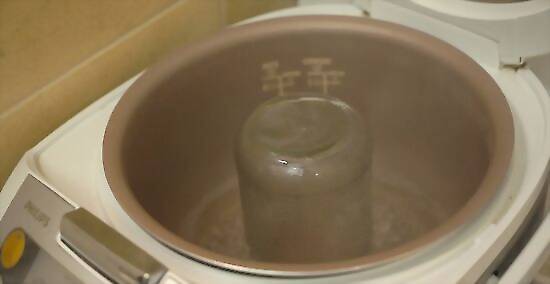
Sanitize glass jars by boiling them in water for 1-2 minutes. Any kind of sealable jar will work. Boil a pot of water and place each jar into the pot without the lid on. Boil each one for 1-2 minutes to kill any germs. Take them out with a scooper and leave them to cool off before touching them. You can reuse the jars as many times as you want to, just make sure you clean and sanitize them each time. Be careful when you handle the jars or you might get burned.
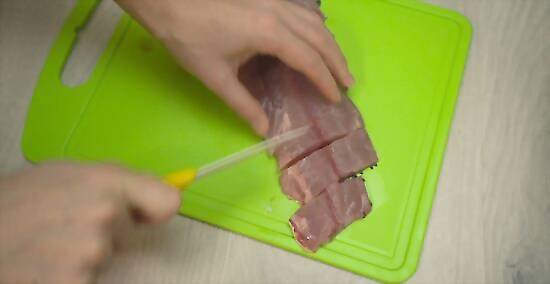
Cut the fish into 3.5 in (8.9 cm) sections. After gutting and cleaning the fish, fillet the pieces. Slice the fish into small, 3.5 in (8.9 cm) sections so they fit easily inside the jars. If the fish already came sliced up, then you can skip this part.
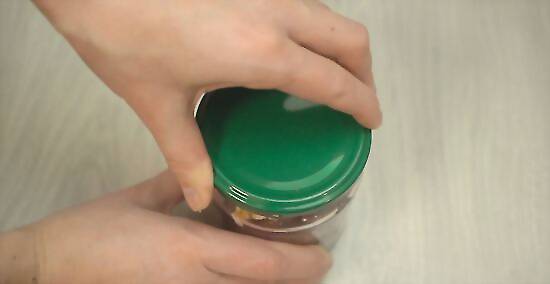
Fill a glass can with the fillets and leave 1 in (2.5 cm) of space at the top. Scoop the fish fillets into the jar and fill it until the fish is about 1 in (2.5 cm) from the top of the jar. This leaves enough room for the fish to expand while it cooks. Then screw the lid on tightly. You can add a scoop of salt for flavor if you want to, but this isn’t necessary for preservation. Use as many jars as you have to. Just make sure to leave that 1 in (2.5 cm) space so the fish has room to expand.
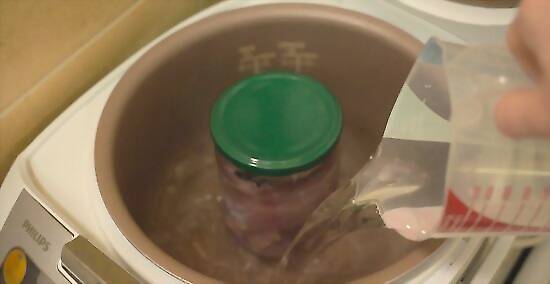
Place the jars in a pressure cooker and fill it with water. Arrange each jar upright in a pressure cooker. Then add enough water to cover about 2/3 of the jars. If you have too many jars to fit in the cooker at once, that’s fine. Just cook the jars in batches instead. Keep the other jars on ice until you’re ready to cook them.

Cook the jars for 105 minutes at 10–15 lb (4.5–6.8 kg) of pressure. Seal the pressure cooker and set it to 10–15 lb (4.5–6.8 kg) of pressure. Then place it on your stove and set it to a high heat. Cook the jars for 1 hour and 45 minutes to seal them. The ideal pressure depends on your elevation. Check the user manual for your pressure cooker to set it correctly. The pressure cooker will get very hot while the jars are cooking, so don't touch it.
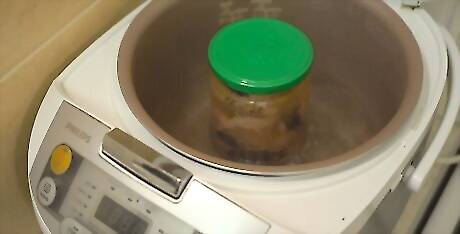
Let the pressure drain from the cooker before opening it. Once the jars are all done, turn the heat off and let the pressure drain from the cooker slowly. When the meter reads 0, then you can open the cooker. Never open the cooker while there’s still pressure in it. If you do, the jars could shatter.
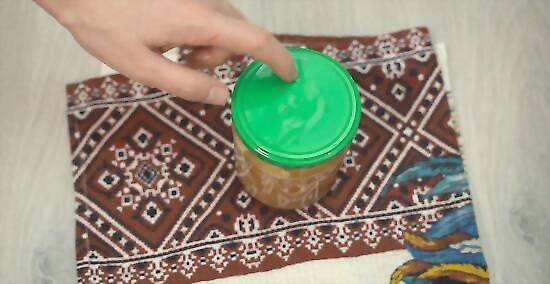
Remove the jars and confirm that they’re all sealed. Take out each jar carefully with a scooper and place it on a towel to dry. Wait until they're cool enough to touch. Then tap the lid of each jar. It shouldn't bend when you touch it. This is how you know the jar is sealed. If the jars don’t seem sealed, let them cool off a little longer. Sometimes they need a bit more time to seal completely. Wear oven mitts or gloves while you're doing all this. The jars and the pressure cooker will both be very hot.

Store the cans in a cool, dry place. A typical pantry is a good place to store canned fish. Find a spot where the temperature is consistently 50–70 °F (10–21 °C) so the food stays fresh for as long as possible. Canned fish can last a few months to 3 years. It depends on how tight the seal was or how fresh the fish was when you canned it. Always check the fish to make sure it doesn’t smell spoiled before you eat it.
Storage Prep
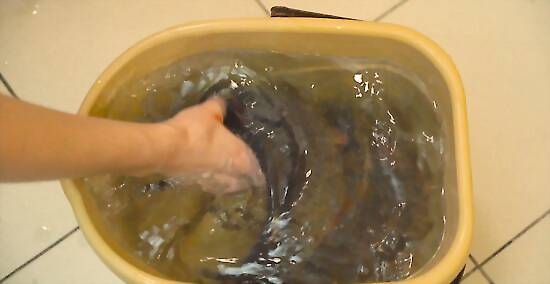
Keep fresh fish alive as long as possible. If you’re on a fishing trip, one of the best preservation methods is keeping the fish alive. This way, bacteria won’t grow and spoil the fish. Either use a basket to store the fish underwater, or fill a bucket with water. Try to keep the fish stored like this for as long as possible. Fish also start deteriorating as soon as they leave the water, even if they’re still alive. Keep the fish submerged in water for as long as possible.
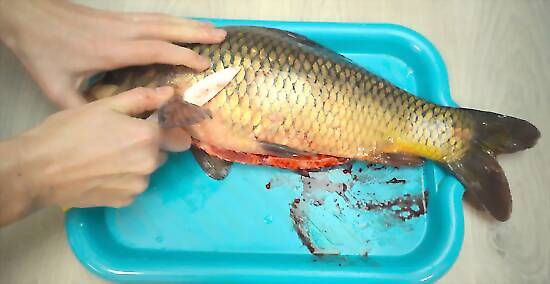
Gut the fish as soon as it’s caught. If you catch a fish live, then don’t waste any time. Slice the fish up its belly with a sharp gutting knife. Then scoop out all the innards. This helps slow the decaying process. Also slice off the head, tail, fins, and scales for storage. You can also cut the fish into fillets at this point if you want to.
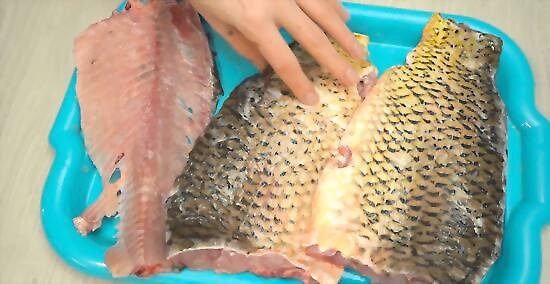
Clean the fish with plain water. The fish will still have some blood and innards on it after gutting. Run the pieces under water to get rid of all this to help preserve the fish. Ideally, start the preservation process as soon as you gut and clean the fish. If you can't can it right away, then put it on ice in the meantime.




















Comments
0 comment